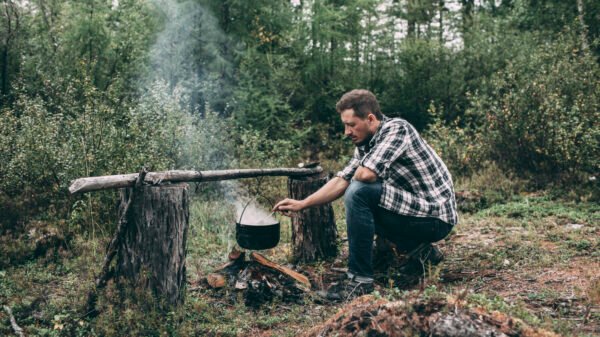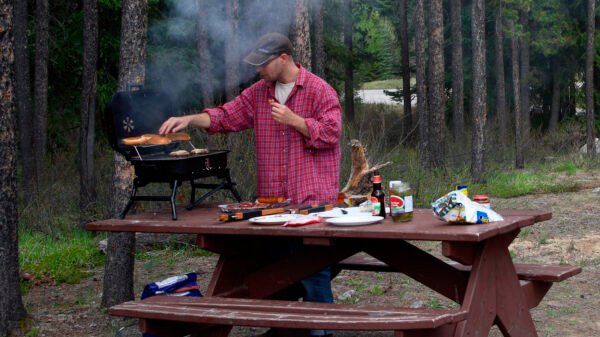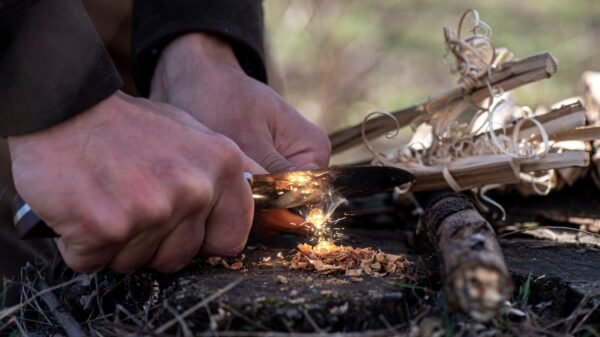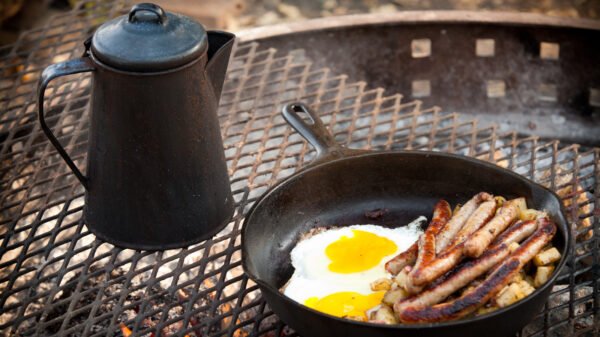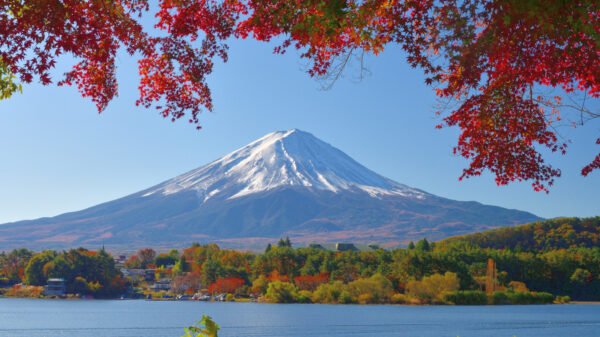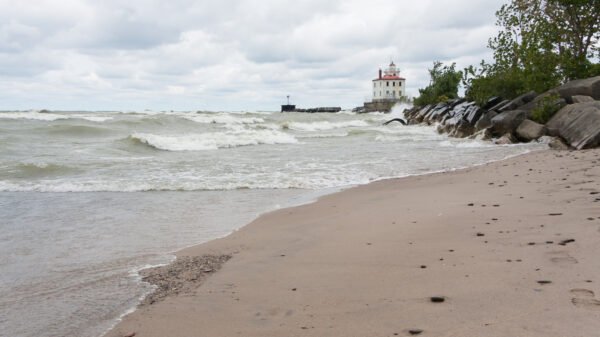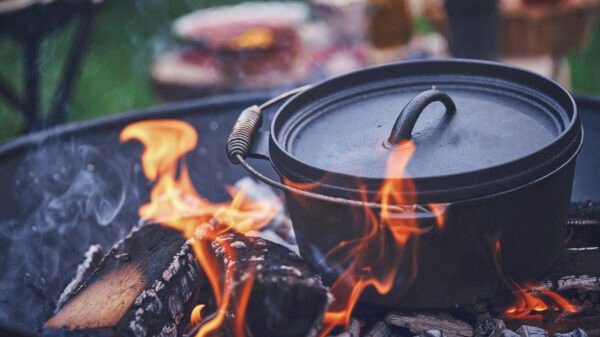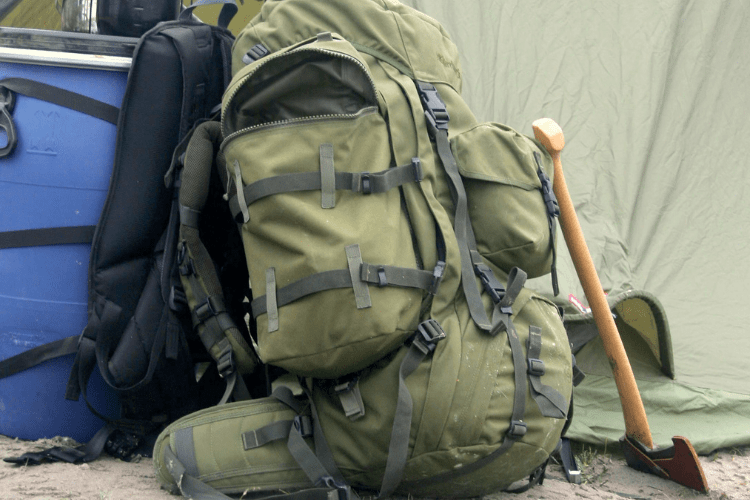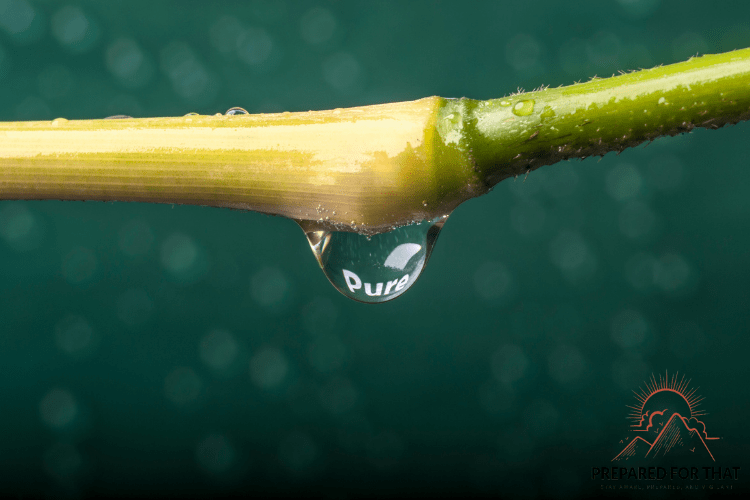This is a guide to making your homemade candles. Candles are essential to any preppers stash (once the lights go out, how else are you going to find your way around?). So let’s learn to make our own and reduce our dependence on those corrupt and greedy international corporate conglomerate candle makers.
A stash of beeswax candles, perfect for an emergency. Also, see how to make candle wicks.
What You’ll Need to Make Homemade Candles
- Some form of wax. You’ll want to avoid anything petroleum-based, as these materials can release carcinogens when burned. Instead, use beeswax, or the cheaper alternative, soy wax. They are both easily found at most home or craft-type stores, or you can make soy wax.
- Containers. You want your containers to be made of a substance that won’t crack, won’t leak, and won’t catch fire. You’ll need some containers to house your candles. Glass containers are a good idea, as they will keep their form (many plastics melt easily, and the last thing you want is breathing in burned plastic fumes). Make sure your containers have been washed and dried before starting.
- Wicks. You’ll want wicks a couple of inches longer than the height of your containers. They’re easily found at home or craft stores, or you can make candle wicks.
- Dye. If you want to make your candles a certain color, you must dye them.
- Fragrance. If you want your candles to have a certain smell, you will need to add fragrance.
- A double boiler or wax melter. You can buy one of these, or you can pretty easily make your double boiler.
- A thermometer. To monitor the temperature of the melting wax.
Unique Homemade Candle Ideas
- Peace: combine rose, peppermint and honeysuckle oils.
- Abundance: combine lemon balm, clove and citronella oils.
- Relaxation: use lavender oil.
- Strength: combine fir, patchouli and juniper oils.
Assembling The Candding
- Cover your workspace with newspapers. Wax can be very difficult to clean up.
- Melt your wax in your double boiler/wax melter. Gently stir the wax as it melts, and use a thermometer to monitor the temperature. When it reaches the temperature that the wax fully melts (for both beeswax and soy wax, this is around 150F), turn off the heat. Always keep an eye on the wax, as it is combustible. Wax will set fire at 300F, and I advise never to let the temperature reach even 185F, as discoloration will start to occur.
- Add the dye to the wax, and stir to distribute it evenly (the more you add, the darker the color will be).
- Add the fragrance to the wax, and stir to distribute evenly (use 1.5 ounces of fragrance per pound of wax).
- Pour the wax into the containers, and add the wicks. The wicks should be centered in the container and extended to near the bottom of the container, with an inch or two of them sticking out above the wax.
- Let the wax fully cool, and you now have your scented, colored candles ready to use!
Refillable Liquid Paraffin Candles
As an alternative to wax candles, you could try paraffin oil candles. These are refillable, cheap, and can last you for hours.
For a great guide to building one, check out this article on creating a 100-hour candle:
Remember always to have matches or a lighter on hand, as all the candles in the world won’t help you if you don’t have a way to light them.
Good luck, and stay prepared!
Sources:


